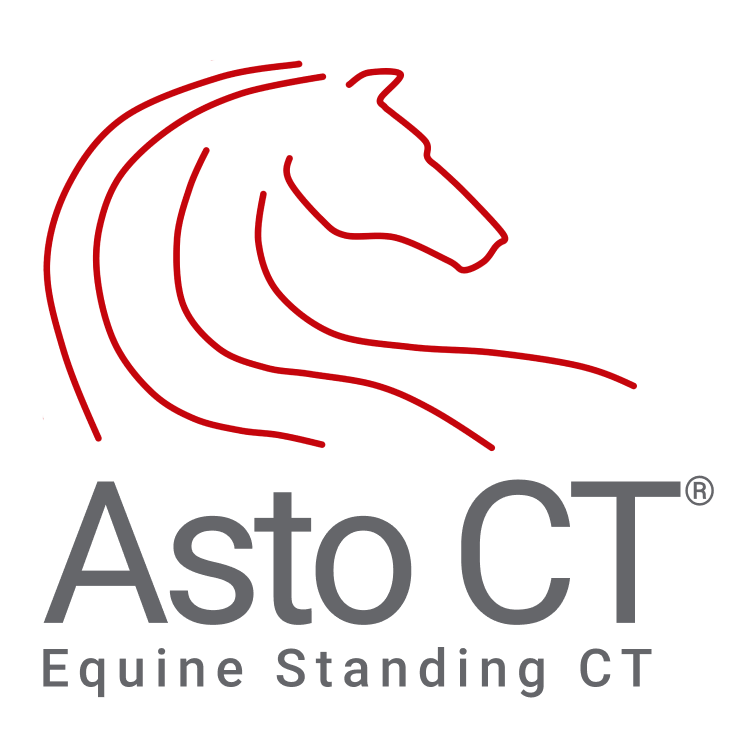The Asto CT Best Scans of the Year Awards is an annual event that recognizes the outstanding contributions of veterinary professionals in the field of computed tomography (CT) scans. This year's results showcase remarkable achievements in 3D scans, head scans, limb scans, and soft tissue filter scans.
Read MoreAsto CT, a pioneer in equine CT imaging, and VetPD, a global leader in veterinary continuing education, proudly announce their strategic partnership to enhance educational opportunities.
Read MoreThe successful integration of equine standing CT into veterinary practice requires careful planning and preparation. Here are key steps to consider when implementing this technology:
Read MoreThe Equina® CT scanner has been carefully selected by the expert team at Cotts Equine Hospital for its exceptional image quality, user-friendly operation, and rapid image acquisition. This new addition will enable Cotts to provide affordable and advanced imaging services to their valued clientele, as well as referring practices in the Southwest.
Read MoreA new tool, Equina® (Asto CT, Middleton, WI), has been developed and specifically designed for a veterinarian to safely image a sedated standing horse in a natural load-bearing position solving some of the key barriers to equine CT imaging. In this paper, we provide a brief description of the key features of the Equina® system and describe how it can move us into a new equine standard-of-care.
Read MoreThe use of this advanced veterinary technology for early detection and management of musculoskeletal injuries can move us towards a new standard of care for Thoroughbred racehorses. In this paper, we provide a brief description of the key features of the Equina® system, and its use in pre-race screening.
Read MoreHorley, UK – Asto CT Inc. is excited to announce the continued growth of their Equina standing, computed tomography (CT) scanner in the UK market.
Read More”A major advantage of the Equina standing CT scanner is that it images limb pairs. This allows the horse to stand naturally with minimal positioning involved. Veterinarians can then compare both limbs [affected and unaffected] to find the cause for lameness.”
Read MoreOne of the leading private equine practices in Texas, Equine Sports Medicine & Surgery (ESMS), has installed the first equine standing CT (Computed Tomography) scanner in the state. ESMS, which has one of the highest volumes of equine cases in the United States, is excited to add the Asto CT Equina® scanner to their full-service suite of equine veterinary services to improve patient outcomes and welfare.
Read MoreOn top of that, there were no true equine CT scanners on the market, and most clinicians had to be content with using what amounted to a human machine that was repurposed for equine use. But what if there was a better way? Why settle for only ‘good enough’?
Read MoreAsto CT makers of the Equina, is proud to announce the release of its 92cm Tapered Bore with extended cervical spine and proximal limb coverage.
Read MoreWe went through our archives to display the five most common limb injuries and diseases identified by the Equina. The 1st most common limb issue identified by the Equina is Navicular Syndrome….
Read MoreRead more about Dianne's story and knowledge with equine diagnostic imaging.
“If you can get diagnostic imaging that gives you the answer quickly, and safely, it’s a huge advantage. That’s why I’m such an advocate for the Equina by Asto CT, because it would have given us the information we needed in 30 seconds compared to hours.”
Read MoreImaging with computed tomography (CT) has become increasingly advanced in recent years and has become the gold standard diagnostic for dental disease and other conditions involving the skull.
Read MoreWe would like to officially welcome Dr. Sabrina Brounts to the Asto CT team as a scientific advisor.
Read More“Hoof abscesses occur when bacteria get trapped between the sensitive laminae (the tissue layer that bonds the hoof capsule to the coffin bone) and the hoof wall or sole. The bacteria create exudate (pus), which builds up and creates pressure behind the hoof wall or sole. This pressure can become extremely painful.” -Dr. Brian Fitzgerald
Read MoreWhen a horse goes under general anesthesia, there is an inevitable risk, as there is evidence of a link between increased equine mortality and general anesthesia. This causes many horse owners to feel uneasy about the procedure. All the information poses the ultimate question, how do you take a CT scan of a massive animal without administering general anesthesia?
Read More

















